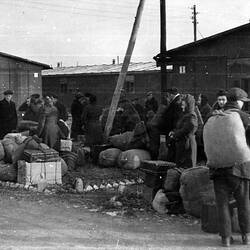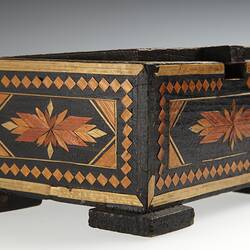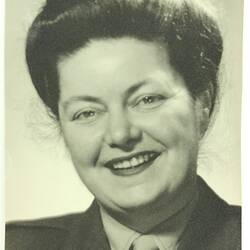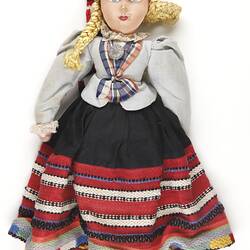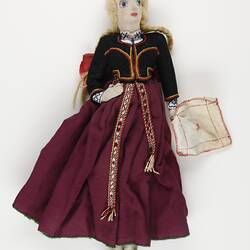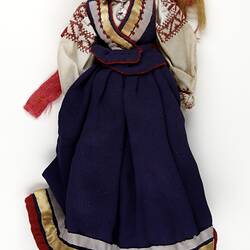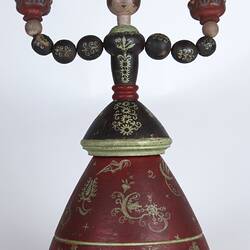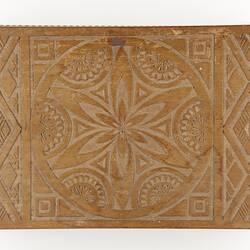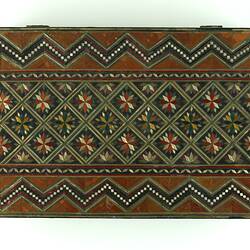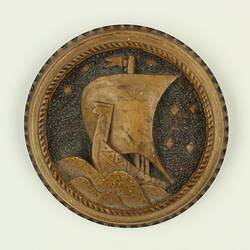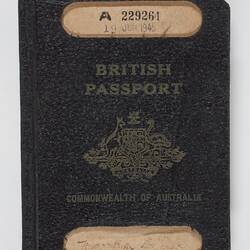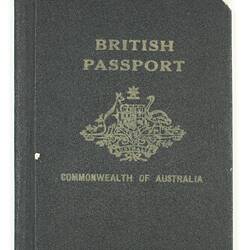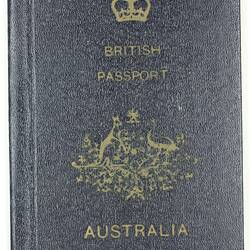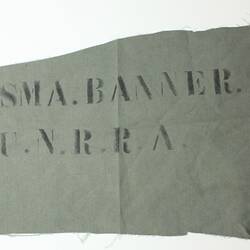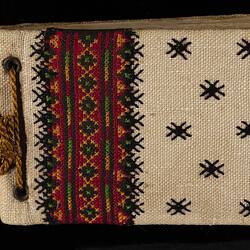Summary
Towards the end of World War II, Allied and Soviet forces established processing facilities for repatriating the estimated 11 million people across Europe who were displaced or stateless as a result of the conflict.
Towards the end of World War II, Allied and Soviet forces established processing facilities for repatriating the estimated 11 million people across Europe who were displaced or stateless as a result of the conflict (McDowell, 2005). In the months immediately following the Allied victory over Nazi Germany, an estimated 7 million people returned to their homeland, however, more than a year later, there were still over one million displaced persons in western Germany alone (Cohen, 2008). Allied forces and relief agencies in charge of post-war relief and reconstruction attributed the term 'displaced person' to broad and diverse group of people who were forced to exist under a single aid policy and conditions (Slatt, 2002). These groups included people who were unwilling to return to their homeland (Poland, Lithuania, Latvia, Yugoslavia, Russia and the Ukraine, amongst others), as well as Soviet prisoners of war and French civilian soldiers (Slatt, 2002).
In October 1945 a specialised organisation of the United Nations - the United Nations Relief and Rehabilitation Administration (UNRRA) - assumed administrative responsibility of the displaced persons camps. UNRRA controlled the camps before the organisation was disbanded and replaced by the International Refugee Organisation (IRO) in 1947 (McDowell, 2008 and Hilton, 2009). Although initially created as short-term centres, many camps remained in use until 1952, providing accommodation, employment, education, medical care, recreation and transit for displaced persons (Shephard, 2011).
However, the camps were initially mismanaged and chaotic. Authorities made attempts to organise camps according to nationality and ethnicity, although in reality many camps represented a co-existing of varieties of ethnicities under a single aid policy. The term 'camps' applied to a variety of hastily requisitioned buildings and locations, including schools, farms and factories. Overcrowding in the camps was common, with some buildings holding hundreds of displaced persons, making privacy a concern for many (Kinnear, 2004).
One of UNRRA's most pressing concerns was to contain possible epidemics by improving the hygiene, health, and nutrition of the displaced persons. Upon arrival to the camps, displaced persons were registered before immediately being given a health check (Kinnear, 2004). Many had arrived to camps malnourished and in poor health as result of time spent in concentration or forced labour camps; often new arrivals were unable to eat more than one meal a day due to severe weakness from hunger (McDowell, 2005).
Common ailments upon arrival included rickets, dysentery, intestinal and chest infections, tuberculosis, diphtheria, typhus and skin infections (McDowell, 2005). Sexually transmitted diseases and pregnancies were also common. As the displaced persons were often moved between camps, the chance of spreading these diseases was high, and as a result emphasis was placed on controlling infections and immunisation (Holborn, 1956).
This was often difficult, particularly as many displaced persons concealed illness for fear of being rejected for resettlement (Holborn, 1956). UNRRA introduced the policy of self-governance that enabled displaced people to hold administrative positions at the camps. UNRRA and later the IRO further facilitated the establishment of displaced persons' committees, workshops, kindergartens, universities and training colleges. Intensive vocational education and refresher courses aimed to provide a livelihood and increase the practical skillset of people in the camps (Holborn, 1956). While over 100 courses were originally offered, over time vocational training became streamlined. Emphasis was given to skills relevant to resettlement. Along with compulsory language classes, popular courses among men included construction trades, mechanical work and farming, while domestic services, nursing and typing were popular courses among women (Holborn, 1956).
Camp administrators also encouraged recreational and cultural events including dances, performances and art and craft exhibitions. Preserving cultural traditions was a way for the displaced persons to normalise conditions and assuage feelings of homesickness (Hilton, 2009). Camp communities also established craft courses that taught traditional craftwork from their homelands.
The early 1950s marked the end of post-World War II displaced persons camps in Germany as the IRO's administrative activities began to draw to a close. By this time many displaced persons had been repatriated to their countries of origin or resettled in new countries as part of the post-war immigration programmes of Allied nations. However, there remained a significant number of displaced persons who for various reasons could not be resettled outside of Germany. Many feared returning to land now under Soviet Control, while others were elderly, ill, single mothers or disabled and were deemed undesirable candidates for resettlement by the IRO's member countries (Kinnear, 2004). In most cases these individuals became the responsibility of German health institutions, homes for the elderly and social services.
References
Cohen, G. D. (2008) 'Between Relief and Politics: Refugee Humanitarianism in Occupied Germany 1945-1946', Journal of Contemporary History, 43(3): 437-449.
Hilton, L. (2009) 'Cultural Nationalism in Exile: The Case of Polish and Latvian Displaced Persons', The Historian, 71 (2): 280 - 317.
Holborn, L. W. (1956) The International Refugee Organization: a specialized agency of the United Nations, its history and work, 1946 - 1952, Oxford University Press: London.
Kinnear, M. (2004) Woman of the World: Mary McGeachy and International Cooperation, University of Toronto: Toronto.
McDowell, L. (2005) Hard Labour: the forgotten voices of Latvian migrant 'volunteer' workers, Cavendish Publishing: Portland.
Shephard, B. (2011) The Long Road Home: the Aftermath of the Second World War, Knopf Publishing, New York.
Slatt, V.E. (2002) 'Nowhere to go: Displaced Persons in Post-V-E-Day Germany', The Historian, 64 (2): 275-294
More Information
-
Keywords
-
Authors
-
Article types

